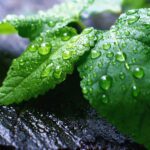The world of botany is filled with fascinating mysteries, one of which is the phenomenon of plant yellowing. This article will explore the reasons behind this color change, from chlorosis and nutritional deficiencies to water stress and diseases.
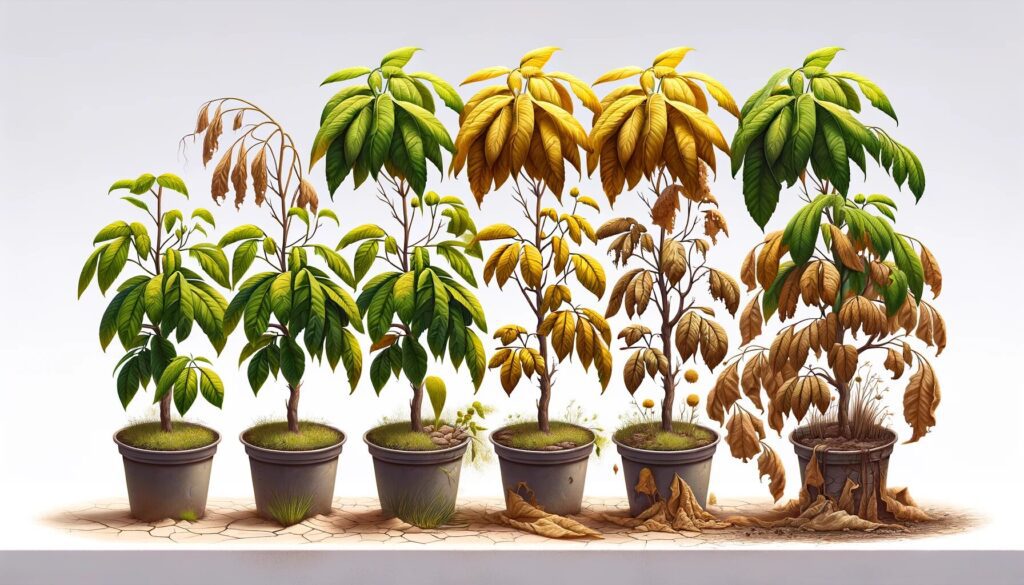
Plants can turn yellow for several reasons, with the most common being:
- Lack of water: If a plant doesn’t receive enough water, its leaves may turn yellow and wilt.
- Excess water: Conversely, overwatering a plant can cause root rot, preventing the plant from absorbing nutrients properly, which can also lead to yellowing.
- Nutritional deficiencies: Lack of certain nutrients, such as nitrogen, iron, or magnesium, can cause a plant’s leaves to turn yellow. This is due to chlorosis, which is the reduction of chlorophyll necessary for photosynthesis.
- Exposure to light: Too much sun or too little light can affect leaf color. Plants that don’t receive enough light may start turning yellow and weak.
- Diseases and pests: Various diseases and pests can affect plants, causing discoloration and yellowing. For example, fungi, viruses, or insect infestation.
- Environmental conditions: Factors such as thermal stress, pollution, or sudden changes in the environment can also influence leaf color.
Chlorosis
Chlorosis is a term used in botany to describe the yellowing of plant leaves due to the reduction or absence of chlorophyll. Chlorophyll is the green pigment in leaves that is essential for photosynthesis, the process that allows plants to convert sunlight into chemical energy. When a plant experiences chlorosis, its ability to perform photosynthesis is compromised, which can affect its growth and overall health.
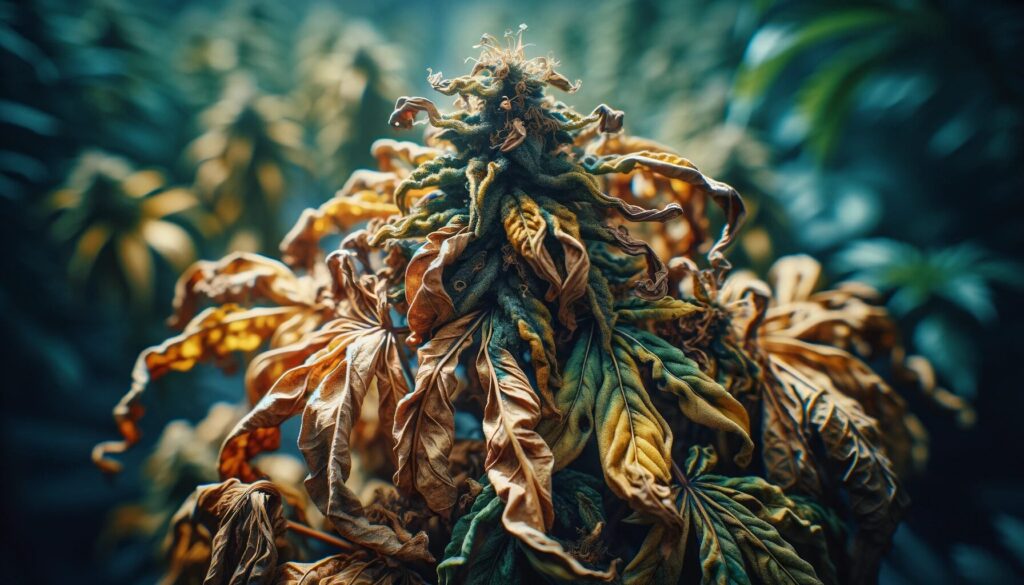
The causes of chlorosis can vary and include:
- Nutritional deficiencies: Lack of essential nutrients, such as nitrogen, iron, magnesium, and zinc, can prevent the production of chlorophyll. For example, iron deficiency is a common cause of chlorosis, especially in alkaline soils where iron becomes less available to plants.
- Root system problems: A damaged or diseased root system can prevent the absorption of nutrients and water, leading to chlorosis.
- Adverse environmental conditions: Factors such as lack of water, excess salinity, pollution, inadequate soil pH, or extreme temperature and light conditions can cause chlorosis.
- Diseases and pests: Some diseases, especially those caused by fungi or viruses, and insect pests can damage leaves and affect chlorophyll production.
- Heavy metal toxicity: Exposure to heavy metals such as cadmium, lead, and mercury can damage plant cells and alter chlorophyll synthesis.
Yellowing due to nutritional deficiencies
For optimal growth and development, in line with its genetics, a plant needs around 16 to 17 essential nutritional elements. These elements are divided into two categories: macroelements and microelements.
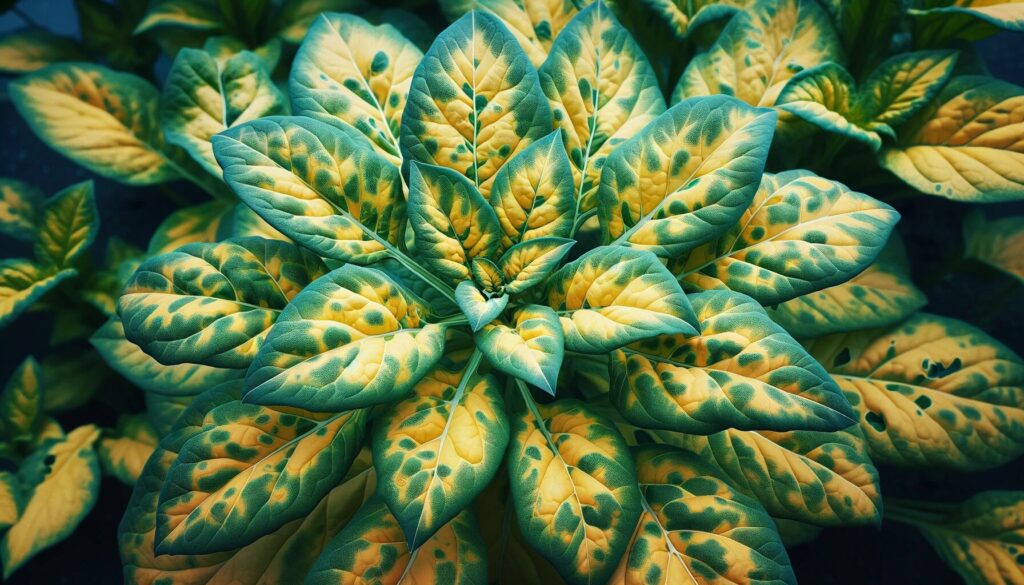
Of these nutrients, three are naturally obtained by the plant from the environment through its leaves and roots. These are Carbon (C), Hydrogen (H), and Oxygen (O), which are crucial for the formation of organic compounds. These elements are primarily acquired from the air (CO2 for carbon and oxygen) and water (H2O for hydrogen and oxygen).
However, there are another 13 essential elements that are not always available in optimal quantities in the soil or water. These are known as mineral elements and are classified into two groups:
- Macroelements: These are needed in larger quantities. They include Nitrogen (N), Phosphorus (P), Potassium (K), Calcium (Ca), Magnesium (Mg), and Sulfur (S). They are crucial for functions such as protein synthesis, cell structure, and plant metabolism regulation.
- Microelements or Trace Elements: Needed in smaller quantities but equally essential. They include Iron (Fe), Manganese (Mn), Boron (B), Molybdenum (Mo), Copper (Cu), Zinc (Zn), Chlorine (Cl), and Nickel (Ni). These elements play vital roles in processes such as photosynthesis, respiration, and enzyme synthesis and activation.
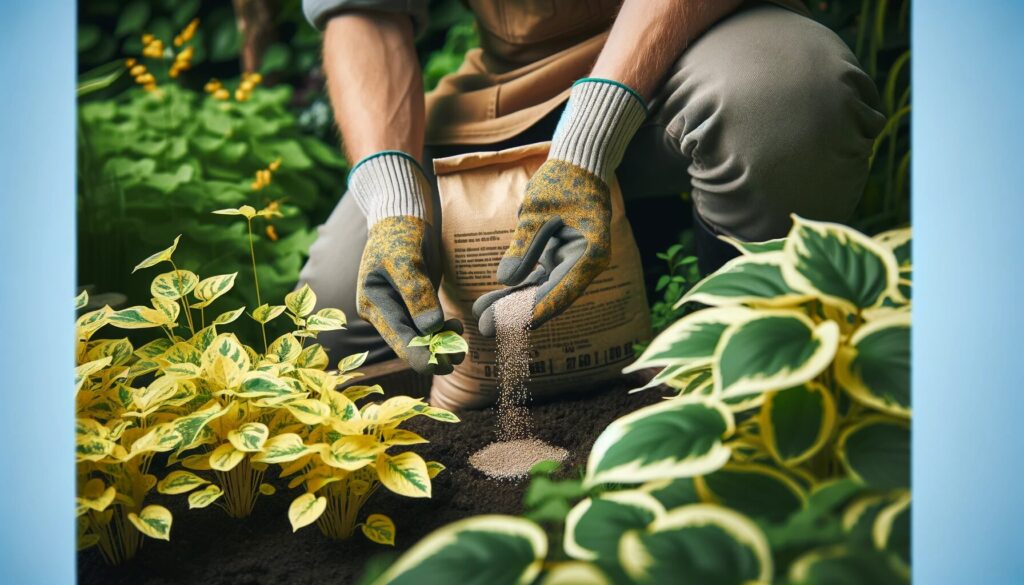
Fertilizers are often used to supply these mineral elements, especially when the soil does not provide them in adequate quantities. Proper mineral nutrition is vital for plant health, its ability to resist diseases, and the quality of its fruit or flowering. Deficiency or excess of any of these elements can lead to stress symptoms in the plant and negatively affect its growth and development.
Recommended Macroelements and Microelements Application by Phenological Stage in plants
| Phenological Stage | Recommended Macroelements | Recommended Microelements |
|---|---|---|
| Germination | Nitrogen (N), Phosphorus (P) | Iron (Fe), Manganese (Mn) |
| Vegetative Growth | Nitrogen (N), Potassium (K), Magnesium (Mg) | Iron (Fe), Zinc (Zn), Boron (B) |
| Flowering | Phosphorus (P), Potassium (K), Calcium (Ca) | Boron (B), Molybdenum (Mo) |
| Fruiting | Potassium (K), Phosphorus (P) | Copper (Cu), Zinc (Zn) |
| Ripening | Potassium (K), Phosphorus (P) | Manganese (Mn), Molybdenum (Mo) |
Each phenological stage of the plant has specific nutritional requirements. Applying the right elements at each stage can help prevent leaf yellowing and promote healthy growth.
 AgronoBlog – Agriculture Blog
AgronoBlog – Agriculture Blog 
